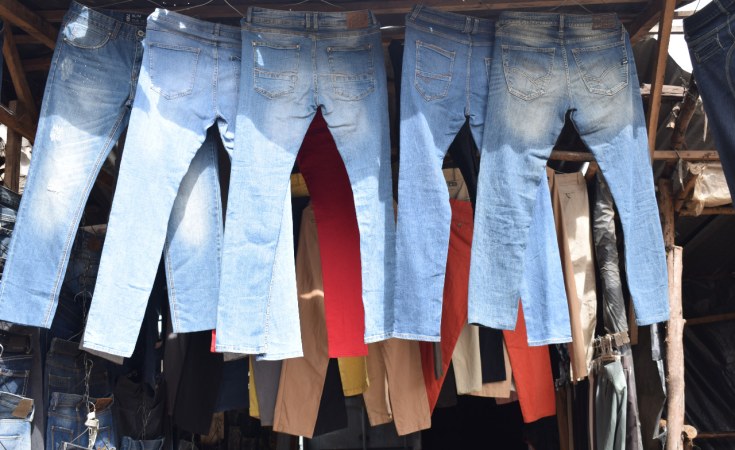Recently, African trade ministers adopted rules of origin in the textile and apparel industry that prevent trading in second-hand clothes across the continent under the preferences of the African Continental Free Trade Area (AfCFTA).
This decision found some countries, such as Rwanda, with an already existing move to ban used clothes imports as a means to encourage value-addition and industrialisation in Africa.
It was observed that Africa accounts for nearly a third of global imports of second-hand clothing, estimated at $5 billion in 2019, and that about 80 per cent of Africa's population wears second-hand clothes, mainly imported from the US, Europe, India, and Pakistan.
The New Times spoke to Prudence Sebahizi, the Director for Institutional Matters and Programmes Coordination at AfCFTA, who elaborated on five things to know as the AfCFTA takes the lead in addressing the issue of second-hand garments flooding domestic markets and undermining local manufacturing.
1. Ban on trade takes immediate effect
Sebahizi explained that because the annex rules of origin are already in force, anything that is agreed upon takes immediate effect.
This means that you cannot receive preferential treatment on second-hand clothes under the AfCFTA, and countries that will be exporting them will have to pay duties.
A country may accept the imports of used clothes but won't export them to other countries without facing duty charges.
2. Experts to monitor the process
Differentiating made-in-Africa used clothes from new ones may sound difficult, but Sebahizi assured that there are experts mandated to inspect and monitor the entire production and trading process.
He said first of all, a country needs to have an industry that can be assessed to confirm whether value-addition has been made to the produced clothes, and exporting them fulfils the rules of origin.
"So, if the product is made in Rwanda but has been used, and you want to export it to another country, it will not be allowed because you will be dumping your waste into another African country."
3. Meet a level of value addition to be made-in-Africa
If one imports clothes from China and only adds buttons, this will not qualify as a Made-in-Africa product, Sebahizi explained while saying that there has to be a certain level of value-addition to products being traded under AfCFTA.
He said that everything does not necessarily have to be from Africa, but one can import some raw materials to produce a completely new product that would qualify under the rules of origin.
In this sector, there are three value-addition options upon which rules of origin were developed: namely, triple transformation (fibre, fabric, and garment must be processed within the region for the final good to be eligible for preferential treatment), double transformation (two stages of production must take place), and single transformation (only one production step necessary from fabric to apparel).
4. Boost intra-African trade in textile industry
This is a very good opportunity for Africa because we do not only have the raw materials but also the market.
"Players in the fashion industry have to make sure they have the appropriate skills to satisfy the needs of the customers and understand African's taste in fashion," Sebahizi said.
According to the latest data, the current size of the intra-African textile and apparel sector is worth only about $2.7 billion, whereas intra-African suppliers account for just eight per cent of all imports of textile and apparel goods in the continent.
However, intra-African trade in this sector is expected to increase by 11 per cent, equivalent to $265 million, in a scenario of full tariff liberalisation under the AfCFTA.
5. Speaks volume on need for quality products
In a developing industry like this one, quality and affordability are often two points of concern for the market.
While one tailor may use the same fabric to produce either a quality product or one of lesser quality, the prices differ greatly.
Sebahizi noted: "What is important in the textile industry is to maintain the quality. If we discourage the importation of second-hand clothing, I'm sure our designers will find it easier to sell at a lower price in Africa and benefit from what we call economies of scale, they can get less on each product but sell more and they will still make benefits."


